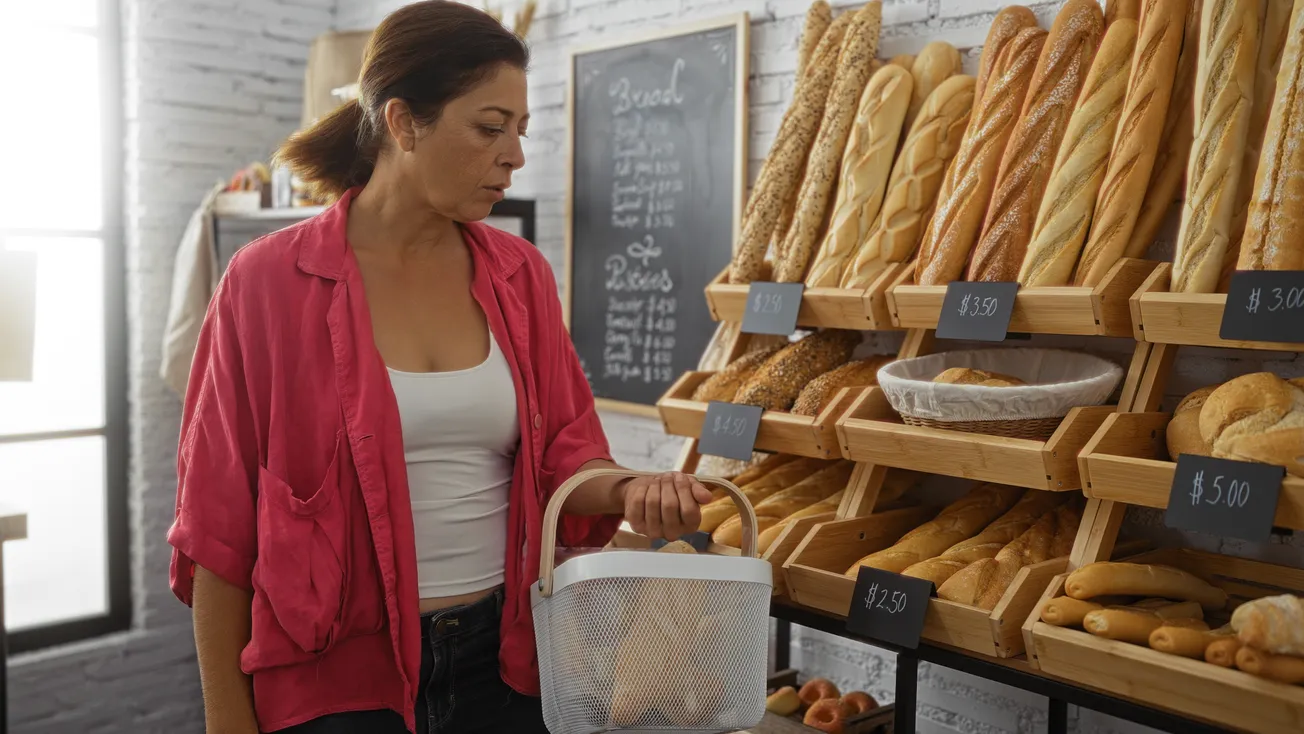A Shift in Shopping Behavior: Smaller Baskets, More Trips
American grocery habits are evolving. Driven by changing work routines, inflation pressures and a growing demand for freshness and specialty goods, consumers are making more frequent, smaller trips to the grocery store rather than relying on large weekly hauls.
This trend is changing store formats, supply chain dynamics and merchandising priorities, particularly benefitting ethnic grocers and fresh-format stores that cater to hyper-local, high-frequency shoppers.
What’s Driving the Micro-Trip Mindset?
Inflation and Budgeting:
With food prices still elevated, many shoppers are budgeting week-by-week, only buying what is needed. This behavior reduces waste and offers more flexibility amid fluctuating prices.
Hybrid Lifestyles:
The blend of remote, hybrid and in-office work means consumers are less likely to do one big trip and more likely to make quick, convenient stops based on daily schedules.
Demand for Freshness:
Fresh produce, meats and baked goods do not last a week, prompting customers to shop two to three times a week to keep meals fresh.
Cultural Influence:
In many global cultures, daily or near-daily grocery shopping is common. As diverse communities grow, their habits are influencing mainstream behavior, fueling the rise of ethnic grocers and fresh-forward concepts.
Ethnic Grocery Stores Gain Ground
Stores focused on international or regional cuisines are growing not just in cities, but in suburban markets. Retailers like H Mart, Patel Brothers and La Michoacana are capturing customers beyond their core demographics, thanks to:
- Authentic product variety
- Fresh produce and in-house prepared meals
- Cultural relevance and community connection
Fresh Formats Thrive in the New Routine
Grocery concepts like Sprouts Farmers Market, Fresh Thyme and Aldi are thriving by focusing on:
- Smaller footprints
- High turnover of fresh products
- Lean inventories tailored to frequent visits
Walmart and Kroger are also experimenting with fresh-first layouts, using end caps and dedicated zones to prioritize perishables and grab-and-go options for quick trips.
Implications for Retailers and Brands
This micro-shopping trend affects nearly every aspect of the grocery value chain:
- Inventory planning must account for smaller baskets but higher frequency.
- Promotions need to be refreshed more often to align with spontaneous trips.
- Private label and local sourcing play a bigger role as shoppers seek freshness and value.
- Store formats may need to shift toward neighborhood-sized, quick-access models.
Brands that want to stay relevant must also rethink pack sizing, product discovery and cultural targeting in ways that reflect these more agile, diverse shopping behaviors.
The Age of Intentional, Frequent Shopping
Gone are the days of one-size-fits-all grocery runs. Today’s consumers are intentional, time-sensitive and freshness-focused. For retailers, embracing this change means aligning with smaller trips, more frequent visits and deeper cultural connections, especially through fresh and ethnic grocery experiences that meet people where they are, both literally and figuratively.








